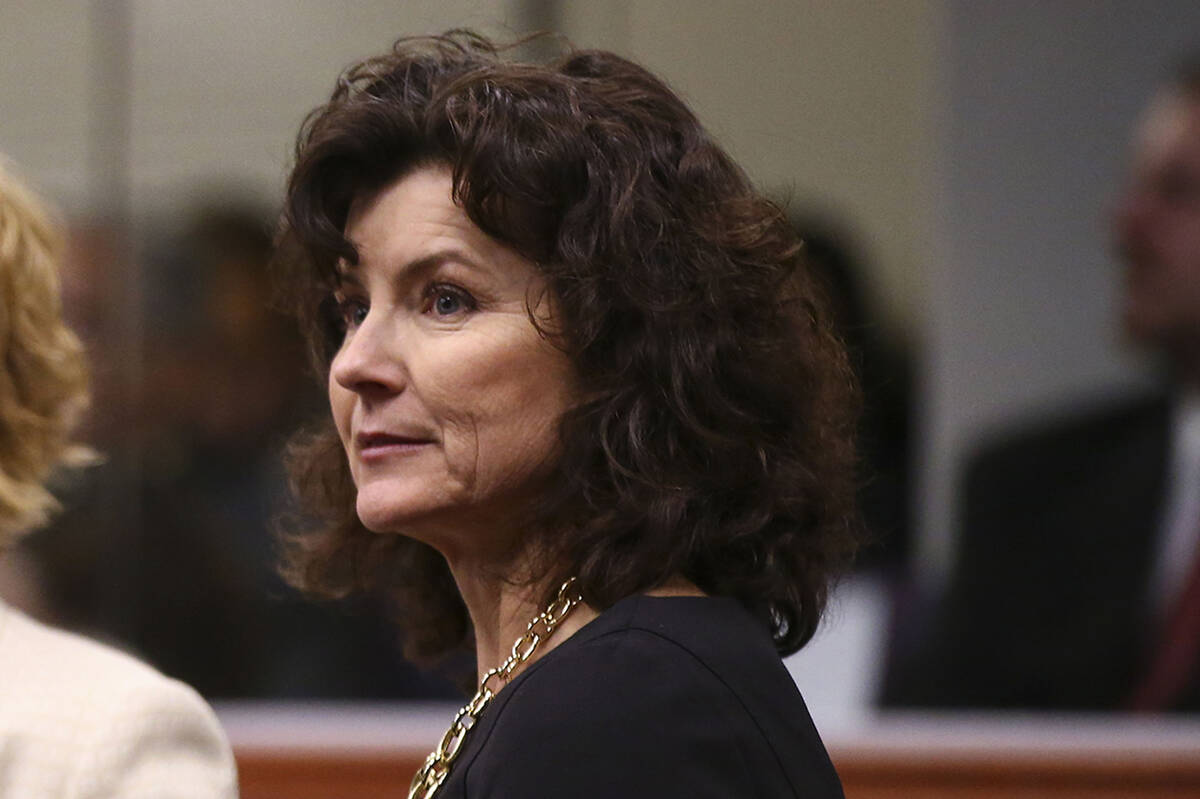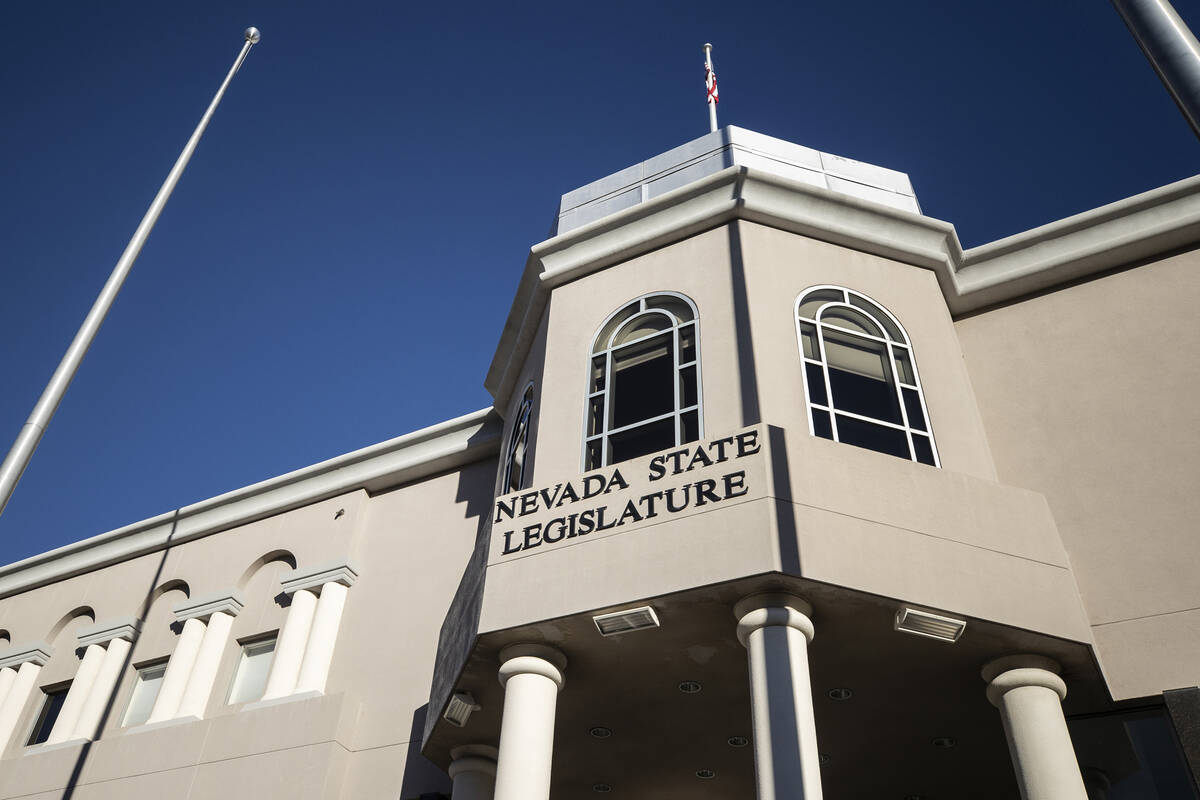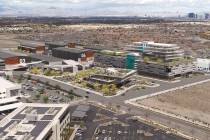Democrats move redistricting plan through Senate
CARSON CITY — Legislative Democrats pushed the majority party’s congressional and state redistricting proposals through the Senate on Sunday, sending the plan to the Assembly for promised minor amendments and a likely final vote on Monday.
Senate Bill 1, which redraws the state’s four Congressional districts, 21 Senate districts and 42 Assembly districts, passed on a 12-9 party line vote in the Senate with Republicans denouncing what they labeled a partisan effort to cement Democratic power for the coming decade.
“These maps will drive us towards gridlock. It’ll drive us towards more partisan choices,” said Sen. Heidi Gansert, R-Reno. Her district, under the Democrats’ plan, would see a roughly 7 percentage point swing from Republican to nonpartisan voters and less than 1 percentage point drop in Democrat voters compared to current enrollment. A competing Republican proposal for the district would give the GOP a slight enrollment edge.
“These maps are an abomination to the redistricting process and will make the elections for the next decade a sham,” Gansert said.
District maps based on the decennial census are redrawn every 10 years. The 2020 census showed a 15 percent increase in Nevada’s overall population, with rising minority and urban representation throughout the state. The legislature has taken up the redistricting process in special session this year due to delays in the census caused by the pandemic.
The Democrats have touted their redrawn maps for increasing minority representation, largely ignoring Republican accusations of partisanship. The GOP minority presented its own set of maps that increase representations of Hispanics, Latinos and other minorities in certain districts beyond what Democrats have proposed. Democrats have criticized those plans for isolating minority populations.
In hearings Saturday, Hispanic and Latino groups complained that the Democratic proposals didn’t go far enough to secure their voting strength.
The Democratic legislative leadership on Sunday announced adjustments to their proposed congressional and legislative district maps that will come as amendments to the plan in the Assembly on Monday. At the congressional level, the changes would place the 530-square-mile Walker River Paiute Reservation entirely within District 4 in the central part of the state.
Democrats also plan to redraw sprawling Assembly District 32, which covers six counties in the northwestern corner of the state, to take in all of the Reno-Sparks Indian Colony. Other changes would put all of Lander County in the district and redraw its eastern border, moving parts of Eureka and Elko counties, including the city of Carlin, into adjacent Assembly District 33 on the eastern side of the state.
Democrats also plan to redraw Assembly District 27 in Washoe County to take in all of the Sun Valley neighborhood north of Reno.
Districts are assembled and evaluated according to size, compactness, contiguity, overall population, alignment with existing municipal boundaries and defined communities of interest, and minority populations. The only legal requirements are that they be based on the census and adhere to constitutionally guaranteed equal protection laws and the 1965 federal Voting Rights Act.
The U.S. Supreme Court in 2019 ruled that partisan redistricting plans are political questions outside the purview of federal courts to decide, a decision that is likely eventually to filter down into state law. But partisan debates over fairness still arise.
In Nevada over a decade, both Democrats and Republicans saw declines in registration as the number of unaffiliated voters increased. In 2011, the state was 43 percent Democrat, 35 percent Republican, and 17 percent nonpartisan, with third parties making up the balance. The most recent monthly data shows Democrats at 34 percent, Republicans at 30 percent, with nonpartisans at 27 percent.
All of the Democrats’ proposed congressional maps and all but one of their Assembly and state Senate maps show declines in relative Democratic voting strength per district compared to current levels; all of them reflect substantial increases in nonpartisan enrollment.
On average for all districts, Democrat enrollments under the party’s plan decline about 6 percent and Republican enrollments by three percent, with nonpartisan enrollments increasing by 8 percent.
Both houses on Sunday unanimously approved Assembly Bill 1, the uncontroversial redistricting plan for the 13 Nevada System of Higher Education Board of Regents districts.
Contact Capital Bureau reporter Bill Dentzer at bdentzer @reviewjournal.com. Follow @DentzerNews on Twitter.































